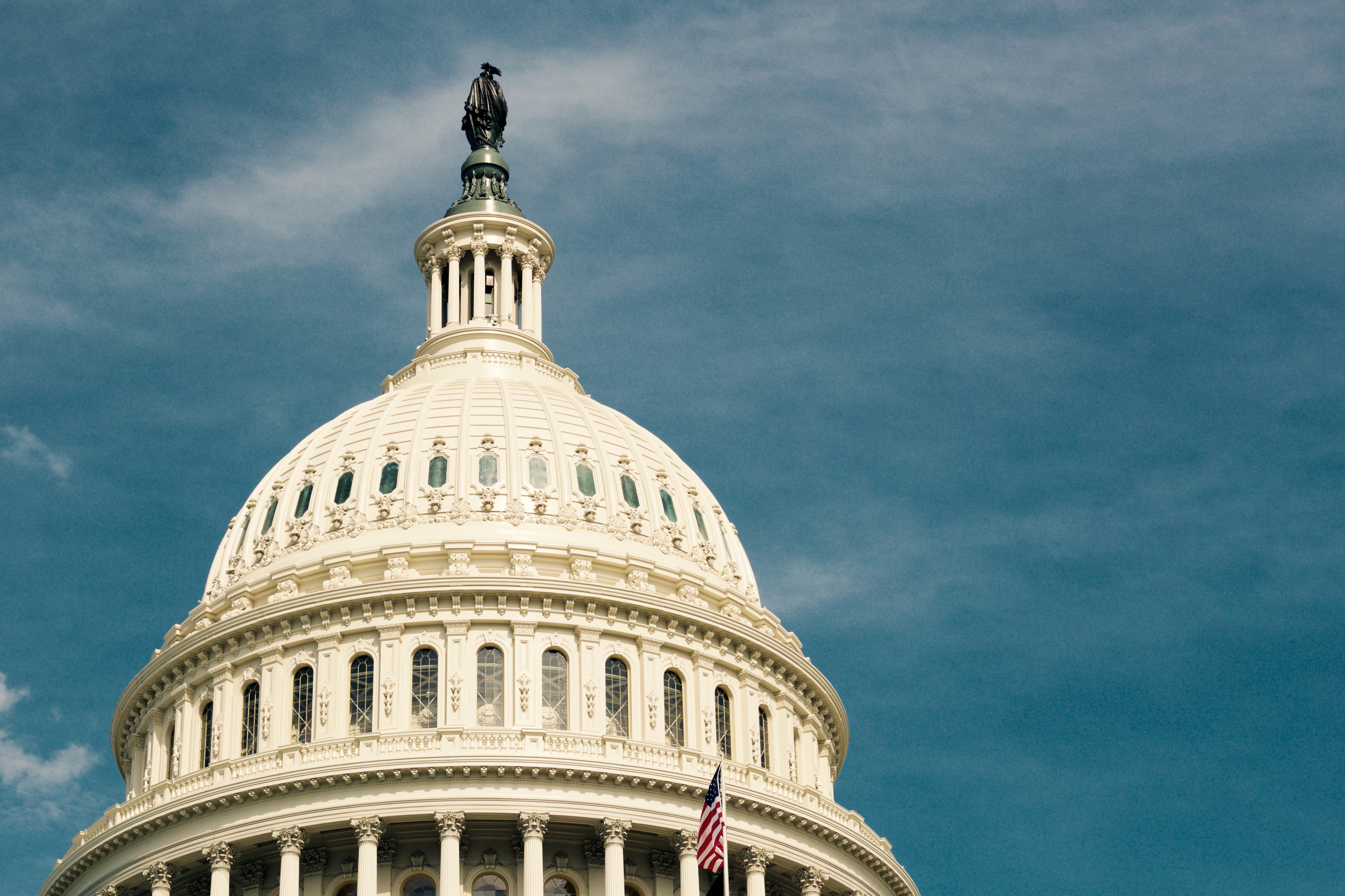
25 Jan A Short Timeline of US Drug Policy
As a seasoned drug offense attorney in Phoenix, Todd Coolidge is a vital asset to anyone with a drug charge on their hands. In our last blog post, we covered a brief history of drug use in the US, both prescription and recreational. In this post, we’ll look at how the federal government in the US has enacted policy in an effort to mitigate the manufacture, distribution and possession of illicit drugs. It’s no question that drug-related activity needs to be regulated and punished; The growing epidemic of prescription drug-related overdoses makes that abundantly clear. So let’s see how drug policy has been shaped and formed over the years in America.
The 19th and early 20th Centuries
At this point in American history, the federal government was not involved in the control and regulation of the distribution of illicit drugs. There was no government agency regulating the medical and pharmaceutical practice and doctors prescribed drugs like morphine, cocaine and opium regularly.
The Harrison Narcotics Tax Act of 1914
In response to the growing public concern of drug use and addiction in the US, the Harrison Act was signed into law by the federal government under president Woodrow Wilson. This piece of legislation sought to regulate and tax the production, importation and distribution of opiates and coca (cocaine). One of the successes of the law was a diminished supply of opiates, which it saw as quickly as mid-1915 due to the harsh consequences on doctor prescription of opioids to those who were addicted.
The Marihuana Tax Act of 1937
During the years of prohibition, the 1920s & 30s, narcotics were closely linked to the scene, especially marijuana. In 1930, prohibition enforcement was transferred to a new government entity called the Federal Bureau of Narcotics (FBN). Until The Marihuana Tax Act (MTA), the growth and use of marijuana in the United States were unregulated and legal under federal law. In 1937 the MTA set an unofficial ban on marijuana and a high-cost transfer tax stamp for every sale of marijuana. After the passing of the MTA, all states made the possession of marijuana illegal.
Mid-20th Century
Between 1937 to the 1970s there was a range of legislation passed criminalizing drug abuse. This legislation would then be enforced by the FBN. By the 60s attitudes towards drug criminalization and the strict punishments it bore began to shift toward more leniency. In turn, this led to a Presidential Commission investing in funding for drug research.
The Drug Enforcement Administration (DEA) 1973 to Present
The DEA is a federal law enforcement agency established in 1973 under the Nixon administration. According to the DEA website, their mission is to “enforce the controlled substances laws and regulations of the United States, and bring to the criminal and civil justice system of the United States, or any competent jurisdiction, organizations and their principal members involved in the growing, manufacture, or distribution of controlled substances appearing, in or destined for, illicit traffic in the United States, and recommend and support non-enforcement programs aimed at reducing availability of illicit controlled substances.” In effect, they are tasked primarily with combating drug smuggling and distribution in the United States. With the creation of the DEA came Nixon’s war on drugs, which heavily criminalized the possession and abuse of drugs in the US.
Drug Offense Attorney in Phoenix
In the last 45 years, most presidents have upheld and supported the initial legislation the started the war on drugs. Little has changed in that respect. As a criminal defense attorney in Phoenix, AZ who has focused part of his career on drug offenses, Todd Coolidge is familiar with drug case law in Arizona and how it has been shaped, in part, by national trends in policy. If you’ve been arrested or charged with a drug offense in Arizona, call Coolidge Law Firm today for a free consultation.
Photo by Jomar on Unsplash (1/25/2019)


